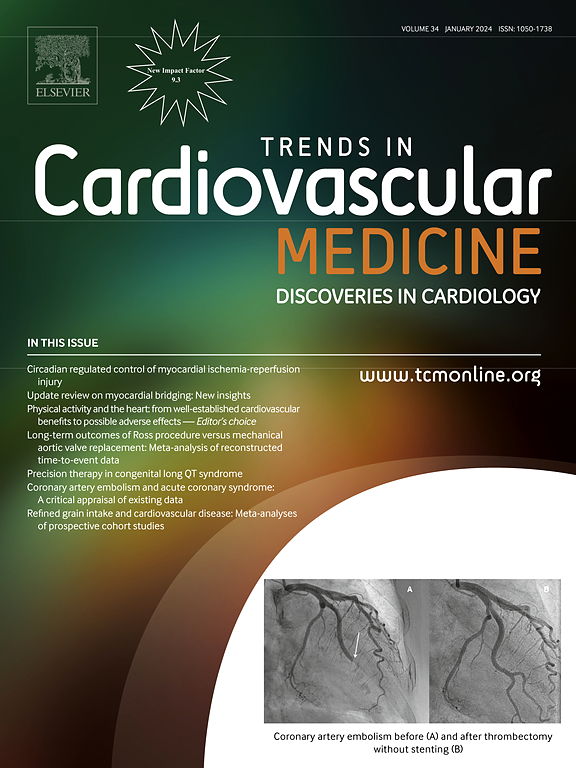Artificial intelligence and extended reality in TAVR: current applications and challenges.
IF 9
2区 医学
Q1 CARDIAC & CARDIOVASCULAR SYSTEMS
引用次数: 0
Abstract
Integration of AI and XR in TAVR is revolutionizing the management of severe aortic stenosis by enhancing diagnostic accuracy, risk stratification, and pre-procedural planning. Advanced algorithms now facilitate precise electrocardiographic, echocardiographic, and CT-based assessments that reduce observer variability and enable patient-specific risk prediction. Immersive XR technologies, including augmented, virtual, and mixed reality, improve spatial visualization of complex cardiac anatomy and support real-time procedural guidance. Despite these advancements, standardized protocols, regulatory frameworks, and ethical safeguards remain necessary for widespread clinical adoption.
TAVR中的人工智能和扩展现实:当前应用和挑战。
人工智能和XR在TAVR中的整合通过提高诊断准确性、风险分层和术前规划,正在彻底改变严重主动脉瓣狭窄的治疗。先进的算法现在促进了精确的心电图、超声心动图和基于ct的评估,减少了观察者的可变性,并使患者特异性风险预测成为可能。沉浸式XR技术,包括增强现实、虚拟现实和混合现实,改善了复杂心脏解剖的空间可视化,并支持实时程序指导。尽管取得了这些进展,标准化方案、监管框架和伦理保障对于广泛的临床应用仍然是必要的。
本文章由计算机程序翻译,如有差异,请以英文原文为准。
求助全文
约1分钟内获得全文
求助全文
来源期刊

Trends in Cardiovascular Medicine
医学-心血管系统
CiteScore
18.70
自引率
2.20%
发文量
143
审稿时长
21 days
期刊介绍:
Trends in Cardiovascular Medicine delivers comprehensive, state-of-the-art reviews of scientific advancements in cardiovascular medicine, penned and scrutinized by internationally renowned experts. The articles provide authoritative insights into various topics, encompassing basic mechanisms, diagnosis, treatment, and prognosis of heart and blood vessel disorders, catering to clinicians and basic scientists alike. The journal covers a wide spectrum of cardiology, offering profound insights into aspects ranging from arrhythmias to vasculopathies.
 求助内容:
求助内容: 应助结果提醒方式:
应助结果提醒方式:


